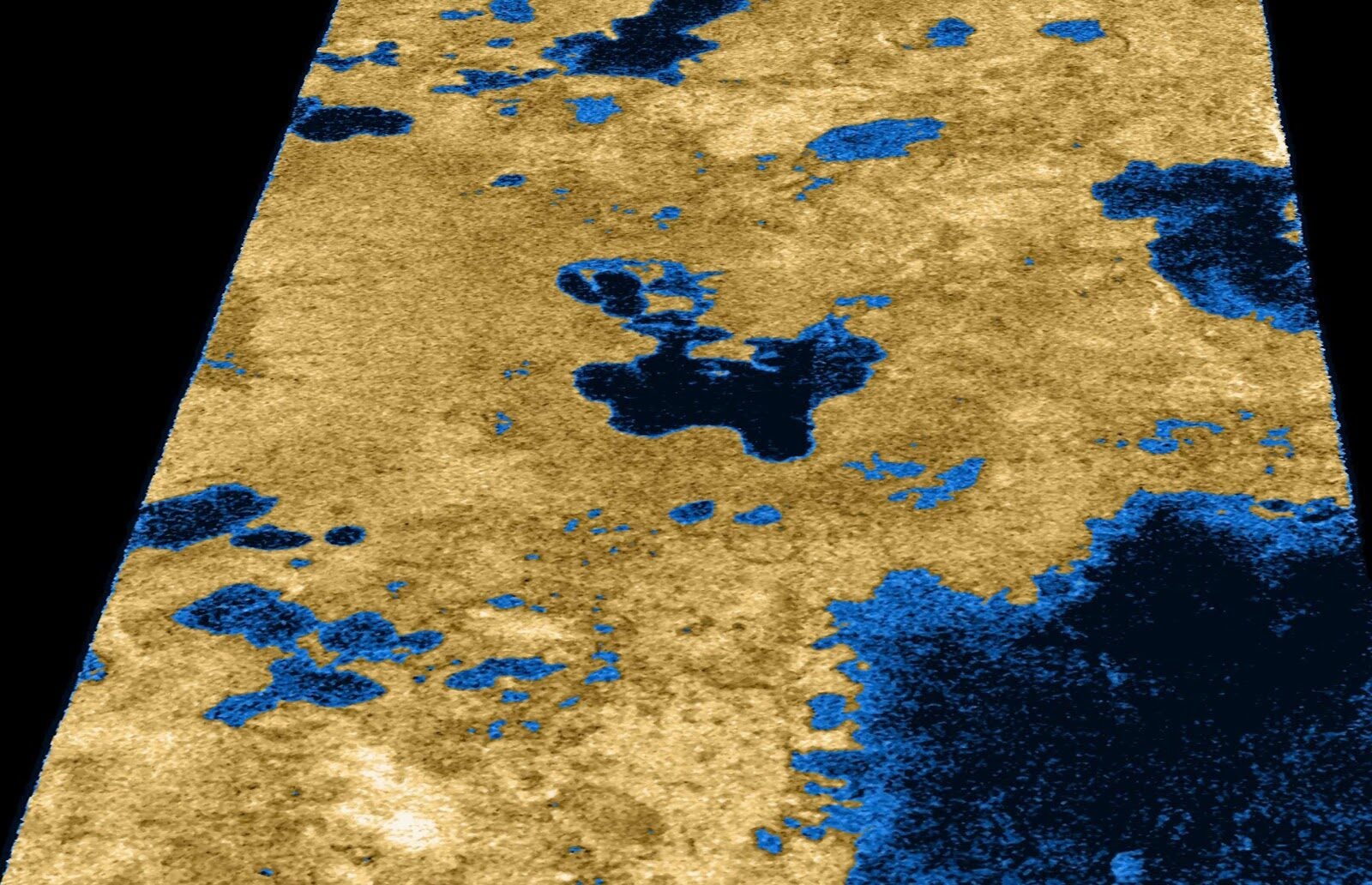By Ana Menchaca, Biochemistry and Molecular Biology ‘20
Author’s Note: As a biochemistry major hoping to further pursue an academic career in astrobiological research, this paper jumped out at me when finding a topic for a class assignment. It goes to show just how many paths there are to take in investigating life elsewhere in the universe and how much we still have yet to discover and understand.
The search for life elsewhere is a vast, challenging undertaking, and investigation of conditions on so deemed habitable worlds provides insight into our current understanding of the existence of life. The conditions for a world to be considered potentially habitable are similar to those of life on Earth. These conditions include a source of energy, common essential elements that make up life (carbon, hydrogen, nitrogen, oxygen, phosphorus, and sulfur), and a solvent for chemical interactions (e.g. H2O). Understanding how chemicals and molecular components might interact with these environments can provide us with a better understanding of what could actually hold the potential for life as we currently know it. One of these important molecular components is proteins.
Research exploring protein stability on Saturn’s largest moon, Titan, published in November 2019, presents an early foray into these considerations. This research studies the implications of variable environmental conditions on protein interactions and how this could detect potentially habitable worlds, similar to Earth. The study makes a foray into studying whether the conditions deemed necessary on Earth are really necessary for the survival of proteins. Molecular dynamics simulations explored structural interactions based on our current knowledge of protein interactions, using the software package GROMACS [1].
Titan is one of these potentially habitable candidates in our solar system, a category that also includes several other moons: Europa, Enceladus, Ganymede, and Callisto. All of these moons are considered to have subsurface oceans present, conditions that have the potential for the presence of chemical building blocks, liquid H2O, and sources of energy. Models show that Titan’s subsurface oceans may contain hydrogen, carbon, nitrogen, and ammonia (ensuring that the oceans remain liquid), thus indicating the potential for Earth-like biochemistry [1].
Martin et al. explored the potential effects of Titan’s hypothesized environment on the integrity of biologically relevant molecules. Protein compactness, flexibility, and backbone dihedral angle distributions were measured. Because protein folding is affected by affinity and electrical interactions with the environment that they’re in, the difference in the conditions of Titan’s high-pressure subsurface oceans to those on Earth has the potential to affect the folding and behavior of relevant proteins [1]. Even on Earth, extremophiles in hydrothermal vents have varying versions of common proteins, something that could indicate the potential for novel protein conformations that perform similar functions in unique, more extreme conditions than those on Earth. The potential existence of these conformers, which still act and provide the same structures and functions of Earth proteins, broadens and changes our scope of what’s necessary and indicative of life.
In comparing Titan-like conditions to Earth, Martin et al. observed variations in the behavior of selected proteins (which were selected to highlight common folding of alpha helices and beta sheets). Proteins are formed at various levels of structure: primary, secondary and tertiary. The primary structure is the amino acid sequence, secondary structure is created by interactions of the polypeptide with itself, and tertiary structure is the proteins three dimensional, overall folding. Alpha helices and beta sheets are the most prevalent secondary structures for proteins on Earth, and the complex interactions and stability of these structures drives many biochemical interactions.
The Root-mean-square fluctuation, or how much the atoms fluctuated about their average position, of the proteins in Titan-like conditions was lower on average than that of the proteins on Earth, indicating less variability in structure in these conditions. Additionally, for one of the proteins, rather than not stabilizing into a specific secondary structure like on Earth, it instead settled into a pi helix conformation, a secondary structure that’s uncommon on Earth, as it is less stable [1]. Due to this lack of stability compared to alpha helices, they are typically found near functional sites.These varying secondary structures of proteins affect their ability to interact with other molecules and enzymes in complex ways, something that in the case of pi helices is less explored given their relative rarity on Earth.
These results show that while beta-sheets show similar behavior and presence in Titan-like conditions as they do on Earth, there’s also a tendency towards less common conformations (pi helices). These results expose both this variation of protein conformation and shape in differing conditions, and the survivability of proteins in non-Earth environments. This shows the possibility of discovering life in forms we are unfamiliar with, while also proving proteins, a vital component of life, are capable of existing in extraterrestrial environments. This research helps prove that those planets deemed habitable really are such, and the further study of the specific conformations and interactions of these proteins could provide us with more specific knowledge of what we might identify elsewhere. While this research is an early exploration of potential conditions on Titan and potentially other bodies with subsurface oceans, it still opens the door for further studies of environmental effects on known life, thus expanding our understanding of the potential for life to exist elsewhere.
Sources
- Martin, Kyle P., Shannon M. Mackenzie, Jason W. Barnes, and F. Marty Ytreberg. “Protein Stability in Titans Subsurface Water Ocean.” Astrobiology 20, no. 2 (January 2020): 190–98. https://doi.org/10.1089/ast.2018.1972.
- Abrevaya, Ximena C., Rika Anderson, Giada Arney, Dimitra Atri, Armando Azúa-Bustos, Jeff S. Bowman, William J. Brazelton, et al. “The Astrobiology Primer v2.0.” Astrobiology 16, no. 8 (January 2016): 561–653. https://doi.org/10.1089/ast.2015.1460.

